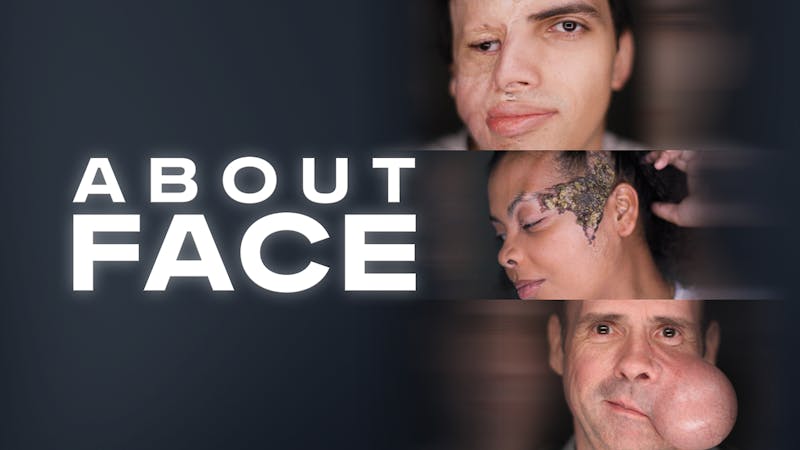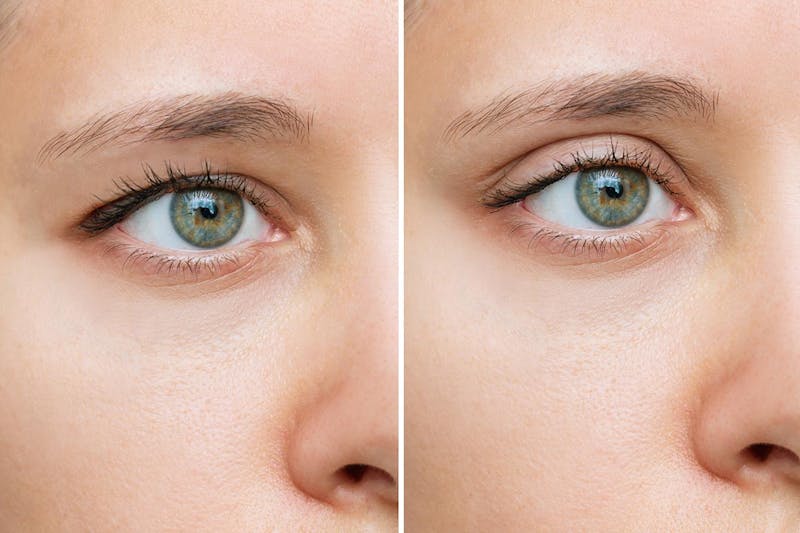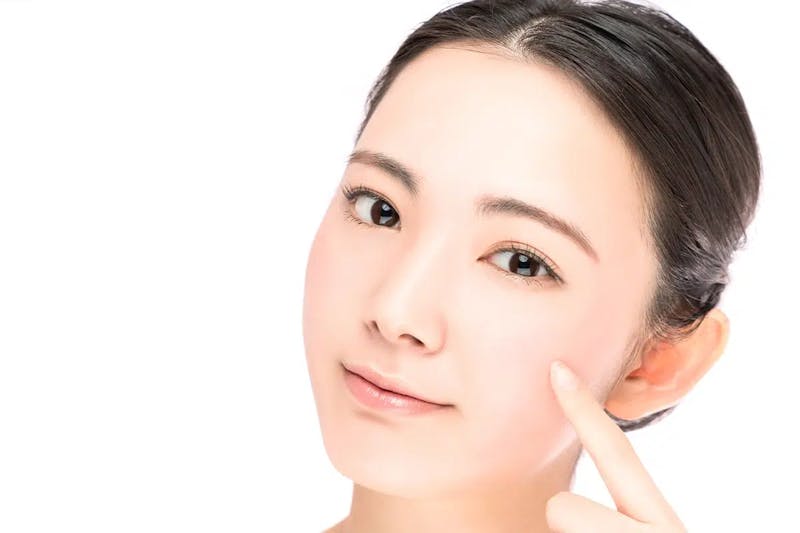20
Dec

Reconstructive Mastery, Life-Changing Care: Dr. Andre Panossian Featured on TLC's About Face Some transformations are about refinement. Others are about restoring what illness, trauma, or congenital conditions tried to take away: comfort, confidence, and the ability to move...
View More06
May

Understanding the Longevity of Breast Lift Results
When you're thinking about getting a breast lift, it’s important to know how long you can expect the results to last. This knowledge helps you form a realistic idea of what to expect and assists you in making an informed choice about the surgery. Dr. Andre Panossian...
View More06
May

Tips for Managing Swelling After Eyelid Surgery
After you have eyelid surgery, it's important to control the swelling to heal properly and feel more comfortable. This guide shares useful steps for handling swelling after your operation. The suggestions here, based on Dr. Panossian‘s extensive knowledge and practica...
View More06
May

Blepharoplasty for Hooded Eyes: Transforming Your Look
Hooded eyes can affect how you look, sometimes giving the impression that you're weary or older than you actually are. Blepharoplasty is an eyelid surgery designed to create a noticeable change, making your eyes look wider and younger. Dr. Andre Panossian, who has a lot of ...
View More06
May

Recovery Timeline After Lower Blepharoplasty
Lower blepharoplasty, or surgery to enhance the lower eyelids, is a routine operation many people choose for cosmetic improvements. Recovering from this surgery is a step-by-step journey, usually unfolding along a known schedule from the day of the procedure to several months dow...
View More06
May

A Gentle Approach to Transconjunctival Blepharoplasty
Transconjunctival blepharoplasty is a gentler form of surgery to enhance the look of lower eyelids. It focuses on less recovery time and little to no visible scarring. The procedure removes or adjusts fat from inside the eyelid, so there are no external incisions. Dr. Andre Panos...
View More06
May

Options for Non-Surgical Eyelid Enhancement
Eyelid enhancement can be achieved without undergoing surgery. A range of non-invasive options exists that can refresh the appearance of the eyes while avoiding the complexities of surgical procedures. These methods tend to be less risky and require less recovery time. Dr. Andre P...
View More06
May

Laser Blepharoplasty: A Modern Technique for Eye Rejuvenation
Laser blepharoplasty is a contemporary procedure that uses laser technology to improve the look around your eyes. This technique helps reduce signs of aging and tiredness and is a modern alternative to traditional blepharoplasty. Dr. Andre Panossian, an expert in the procedure, s...
View More06
May

Korean Facelift vs Traditional Facelift: Key Differences and Benefits
Are you looking to turn back the clock and achieve a more youthful appearance? In the world of cosmetic surgery, facelifts are a popular option for rejuvenating the face and reducing signs of aging. But with so many different types of facelift procedures available, it can be over...
View More06
May

Scarless Facelift: The Future of Non-Invasive Facial Rejuvenation
There are many options for facial rejuvenation beyond facelift and other surgical procedures. A scarless facelift promises facial rejuvenation without incisions. Such advances are shaping the future of cosmetic procedures, where the emphasis is on minimally invasive techniques ov...
View More06
May

The Trend of Non-Surgical Facelifts: Exploring Your Options
Rejuvenating your appearance without the need for surgery, and the recovery time that comes with it, is becoming increasingly more accessible. Non-surgical facelifts are an increasingly popular alternative, offering less invasive methods to achieve a youthful look. Tapping into D...
View More06
May

Facelift at 40: Balancing Natural Aging with Cosmetic Enhancement
Could embracing the subtle signs of aging redefine beauty in your 40s? This thought-provoking question anchors our exploration of the delicate balance between natural aging and cosmetic intervention. Dr. Andre Panossian, a leader in the field of cosmetic surgery, brings unparalle...
View More

